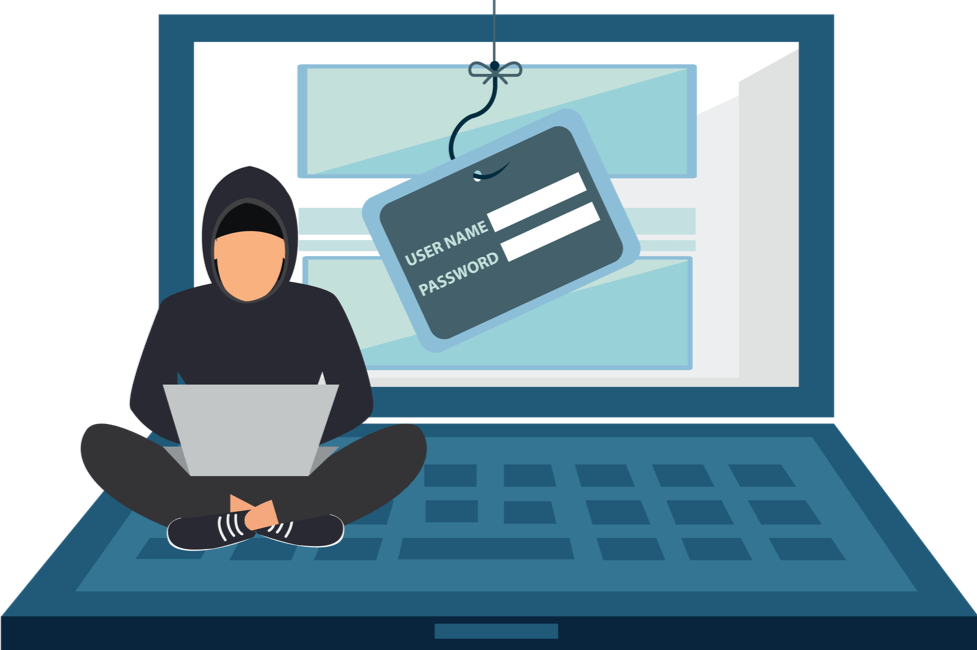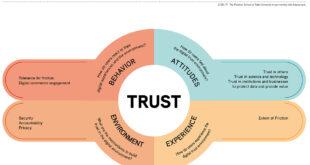Understanding Email Phishing: An In-Depth Exploration
Table of Contents
Explanation:
What is called email phishing? a lexicon derived from piscatorial pursuits, entails malevolent cyber assailants endeavoring to entice individuals into divulging sensitive data, capitalizing on the confidence reposed in reputable entities. This nefarious stratagem has grown progressively intricate, posing a substantive menace to both individuals and entities.
Prevalent Maneuvers:What is called email phishing?
Exigent Diction:
Phishers habitually wield urgency as an instrument, fabricating a semblance of hysteria or trepidation to manipulate recipients into hasty compliance. This urgency may be conveyed through disconcerting subject lines or communiqués urging immediate consideration.

Deceptive Hyperlinks:
Correspondence may encompass links directing to spurious portals crafted to emulate bona fide ones. These fraudulent websites aspire to dupe users into furnishing sensitive information, such as usernames and passcodes.
Personation:
Adversaries routinely mimic trusted entities like financial institutions, governmental bodies, or renowned corporations. By assuming the guise of a familiar and reliable source, phishers heighten the probability of their prey succumbing to the stratagem.
Indicators to Discern:
Generic Salutations and Lexical Blunders: Phishing electronic missives frequently resort to generic salutations like “Dear User” or may exhibit conspicuous spelling and grammatical lapses. Reputable organizations typically exercise diligence in personalizing their correspondences. What is called email phishing?
Exigent Entreaties:
Exercise caution concerning unanticipated entreaties for sensitive data, particularly those purporting urgency. Authentic entities generally abstain from soliciting such information via electronic mail.
Dubious Electronic Mail Components: Take note of atypical email addresses, ineptly formulated URLs, or content that appears incongruous. Genuine communications from reputable origins are meticulous in their presentation. What is called email phishing?
Prophylactic Measures:
User Enlightenment:
Instill awareness among users about the perils of phishing and nurture a discerning mindset. Periodic instructional sessions can empower individuals to discern and counter potential threats.
Electronic Mail Sieving: What is called email phishing?
Enact sophisticated electronic mail sieving technologies to discern and sequester dubious emails before reaching users’ inboxes. This functions as an initial bulwark against phishing onslaughts.
Multifaceted Authentication (MFA):
Deploy MFA to append an additional stratum of security. Even if login credentials are compromised, the supplemental authentication step augments comprehensive protection.
Notification and Retaliation:
Institute Unambiguous Notification Channels: What is called email phishing? lucid and easily accessible channels for personnel to promptly report suspicious emails. Reporting mechanisms empower users to actively contribute to the organization’s cybersecurity endeavors.
Advocate Open Discourse: What is called email phishing?
Cultivate an atmosphere wherein employees feel at ease reporting potential phishing endeavors without apprehension of reprisals. This open discourse fosters a collaborative approach to cybersecurity.
Incident Response Blueprint:
Formulate a meticulously defined incident response blueprint to diminish the fallout of successful phishing attacks. This blueprint should encompass measures for isolating affected systems, informing pertinent parties, and executing corrective actions.
Continuous Instruction:
Phishing Awareness Instruction: Routinely conduct phishing awareness instruction sessions to keep personnel abreast of evolving phishing stratagems. Instruction should cover contemporary trends, prevalent red flags, and efficacious responsive tactics.
Simulated Phishing Onslaughts:
Complement instruction with simulated phishing onslaughts within the organization. These simulations aid in evaluating the efficacy of instructional endeavors and pinpointing areas that may necessitate additional attention.
Collaboration with IT Security:
Data Exchange:
Foster collaboration between end-users and IT security squads. Encourage the exchange of information regarding emerging phishing perils to enhance the organization’s collective defense.
Update Security Software: Ensure that security software and systems undergo periodic updates to thwart the latest phishing methodologies. Regular updates aid in sealing vulnerabilities and fortifying overall cybersecurity.
Termination:
Email chicanery embodies a persistent and ever-transforming menace in the digital terrain. Mitigating the hazards associated with phishing demands a multifaceted approach, amalgamating user enlightenment, technological defenses, and proactive security protocols. By staying abreast, implementing preventive measures, and cultivating a collaborative cybersecurity ethos, individuals and entities can better safeguard themselves against these duplicitous cyber onslaughts. As technology progresses, so too must our stratagems for discerning and thwarting phishing endeavors to guarantee a secure online milieu for all.
What is email phishing?
Email phishing is a deceptive cyber-attack where attackers use fraudulent emails to trick individuals into disclosing sensitive information, such as passwords or financial details. These emails often impersonate trustworthy entities to gain the recipient’s trust.
How do I recognize a phishing email?
Look out for generic greetings, misspellings, urgent requests for personal information, and suspicious email elements like unfamiliar addresses or poorly crafted URLs. Legitimate organizations usually personalize their communications and avoid urgent solicitations via email.
Why do phishers use urgent language in their emails?
Phishers use urgency to create a sense of panic or fear, manipulating recipients into quick action. This urgency may be conveyed through alarming subject lines or messages urging immediate attention, increasing the likelihood of individuals falling for the scam.
What are common tactics used in email phishing?
Common tactics include the use of urgent language, deceptive links leading to fraudulent websites, and impersonation of reputable entities like banks or government agencies. Phishers aim to exploit trust and manipulate recipients into revealing sensitive information.
How can organizations prevent email phishing?
Organizations can prevent email phishing by educating users about the risks, implementing email filtering technologies, and utilizing multi-factor authentication (MFA). Establishing clear reporting channels, promoting open communication, and having a well-defined incident response plan are also crucial preventive measures.
What should I do if I receive a suspicious email?
If you receive a suspicious email, do not click on any links or provide any personal information. Report the email to your organization’s IT or security team using established reporting channels. It’s important to remain vigilant and avoid taking any actions prompted by the suspicious email.
Why is user education important in preventing phishing attacks?
User education is crucial as it empowers individuals to recognize and respond to potential phishing threats. Regular training sessions help users stay informed about evolving phishing tactics, making them more resilient to cyber-attacks.
How effective are simulated phishing attacks in training?
Simulated phishing attacks are valuable in assessing the effectiveness of training efforts. By replicating real-world scenarios, organizations can evaluate how well employees respond to phishing attempts, identify areas for improvement, and enhance overall cybersecurity awareness.
Why is collaboration with IT security essential in combating phishing?
Collaboration with IT security fosters information sharing about emerging phishing threats. This collaborative approach enhances the organization’s ability to respond effectively to new attack vectors and strengthens its overall cybersecurity posture.
What role does multi-factor authentication (MFA) play in preventing phishing attacks?
Multi-factor authentication (MFA) adds an extra layer of security by requiring users to provide multiple forms of identification before accessing accounts. Even if login credentials are compromised, MFA helps prevent unauthorized access, mitigating the impact of successful phishing attacks.
 Quaidedu
Quaidedu

